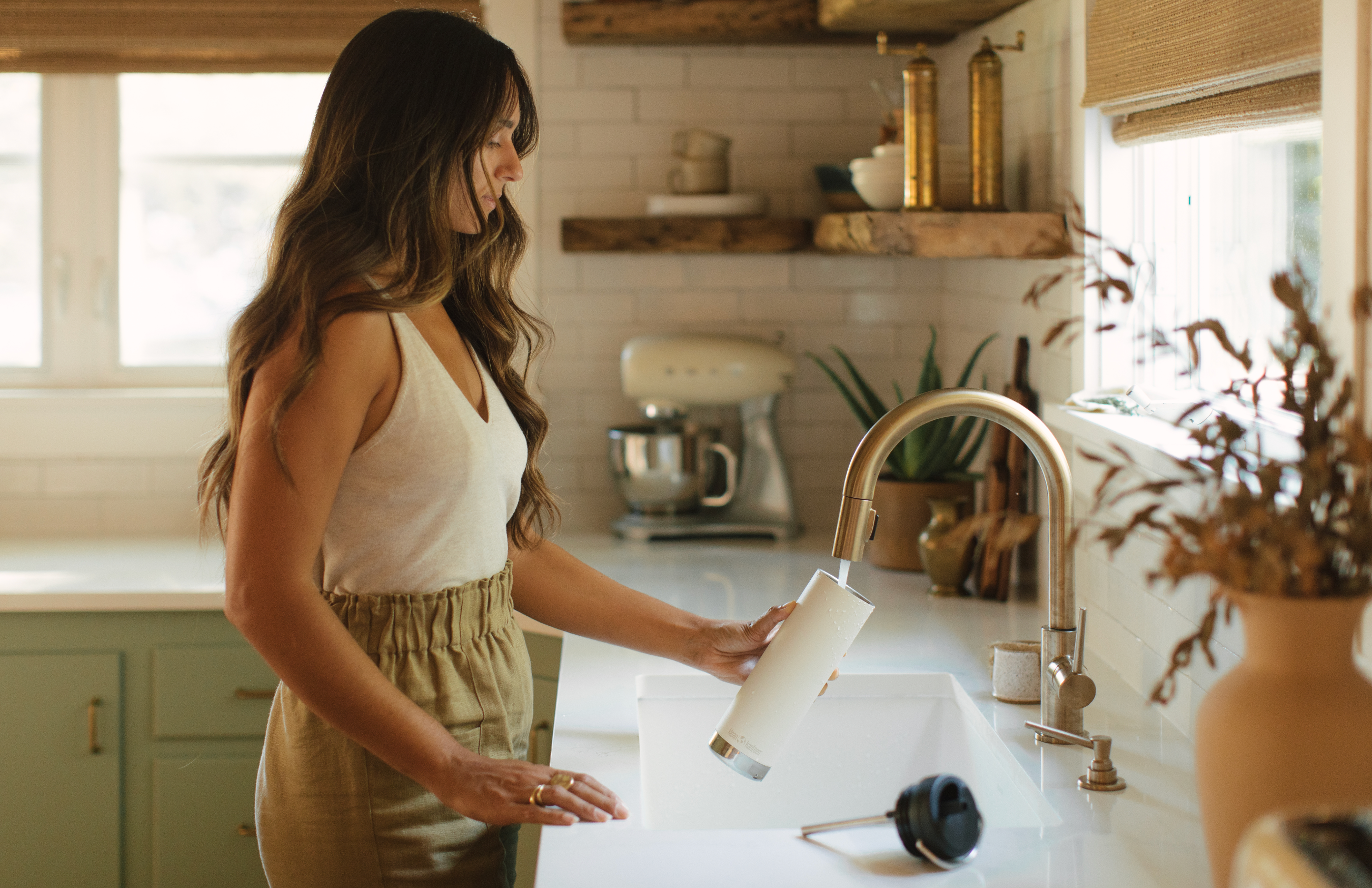“Wear and tear” is a reality of our clothing, and we will inevitably need to purchase new stuff. When that happens though, we can still shop sustainably by favoring ethical, sustainable clothing brands—companies that give back to environmental causes, and who use minimal or sustainable packaging and production materials.
Some of our favorites include Keen, Mammut, and Toad & Co., all of whom share a similar ethos as Klean Kanteen. We love Mammut, not just because they make great-looking, high-quality outdoor gear, but because their commitment to environmental responsibility is right in line with our own. They’re heavily invested in clean production, animal welfare, reduced carbon footprint, and ethical production, and they meet all these goals while still producing terrific products that stand the test of time. They use materials like organic cotton, which helps reduce greenhouse gas emissions and the use of toxic pesticides, and Solution Dye, a toxin- and water-free, sustainable method of coloring that significantly reduces CO2 emissions.
If you are trying to combine high-quality shoes with an eco-friendly mindset when considering the right footwear for your next hiking trip, we can confidently and proudly recommend KEEN Footwear. Keen has similar values to us when it comes to protecting the environment. Every boot, sandal, or sneaker they sell helps them support programs that benefit the community and the environment. They have been collaborating with The Conservation Alliance since 2005, working hard to make a difference. They’ve donated more than 100,000 shoes, 200,000 masks, and $5M in cash and product to those in need. On top of that, their products are completely PFC/PFAS-free, with no non-biodegradable chemicals, and 90 percent of their leather is sourced from LWG gold-rated tanneries. And, like us, their focus is on quality: They make truly high-performance, durable sneakers and boots.
We’d also recommend shopping at B-Corps, some of which include Cotopaxi and United by Blue. Keep an eye out as well for Certified Climate Neutral companies; two popular and high-quality manufacturers are Allbirds, which makes really comfortable footwear, and Vuori, which is especially good if you are looking for sustainable athleticwear made from recycled materials.




